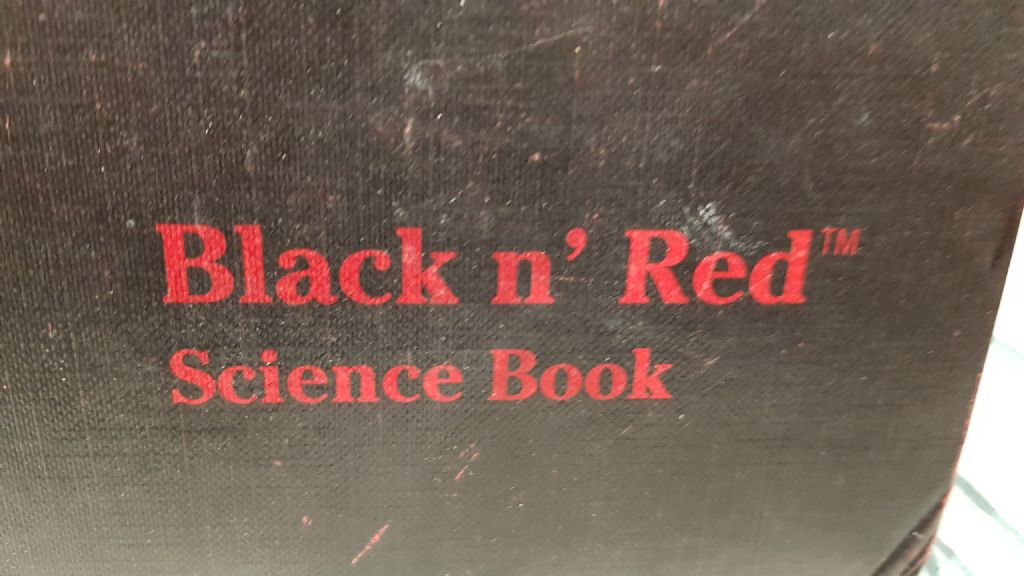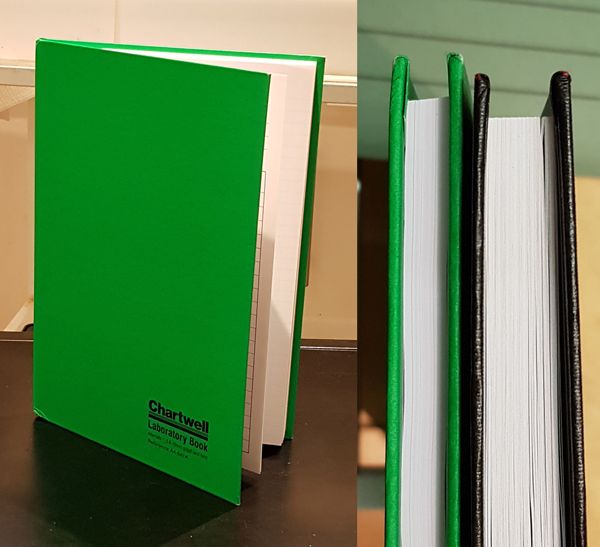Posted by Brad Amos on 03/12/2022 11:25:41:
I have the impression that unless Chartwell can sell a lot of the books with 1mm squares we are all going to be obliged to use books with 5mm squared graph paper ( or , in the USA, 1/4 inch).My problem is that I like to draw metric things actual size. I have tried this for two years, using the 5mm Rhino science books, but drawing a 12mm diameter hole involves estimating the centre position in the middle of the square, which is inaccurate. x2 scale is often too large to get the whole drawing on one page and has often caused my aged brain to make errors and does not eliminate the need to estimate the position of the whole centre. Actual size drawings ( where you can check all your dimensions with a ruler to detect any errors of mental arithmetic) are perhaps always going to be an old-school hobbyist activity: commercial drawings will be all CAD. Bulk book sales in future will probably be educational where cheap 5mm books like the Rhino will suffice. Properly-bound books are probably just too expensive to manufacture for a specialist market to white-haired folk in their sheds.
I think Brad's analysis is correct. Although well-bound Lab and Engineering notebooks are available, they seem to have settled universally on 1/4" or 5mm grids. This is probably what most people want.
How about buying a stack of millimetre graph paper and glueing sheets into a 5mm notebook as needed? Or inserting pages of whatever type into one of those binders with separate plastic page envelopes? Not as good as the right thing, but maybe a reasonable compromise.
Just a comment, because it depends on what you're doing, but drawing actual size on paper is mostly a no-no in my workshop. Though I often make rough sketches on 5mm squared paper, they're rarely trusted on their own and I confirm anything remotely complicated formally with 2D or 3D CAD.
It's because working in metal is usually done to 0.02mm / 1thou accuracy, for which a 1mm grid is far too coarse. More generally, drawings need special care. In professional practice, they're often marked "DO NOT SCALE FROM DRAWING", because doing so causes horrible mistakes. Instead drawings explain the geometry, but only the draughtsman's dimensions are trusted. He gets them right by doing the maths or by allowing CAD to calculate it, not by eyeballing a grid.
But there are plenty of exceptions. 1mm accuracy is reasonable for woodwork, and squared-paper is always a good place to start. Like Brad I find it effective to keep drawings and notes together in a book, which CAD isn't good at. My problem is mislaying the notebooks rather than the size of the squares!
Dave
 Michael Gilligan.
Michael Gilligan.





